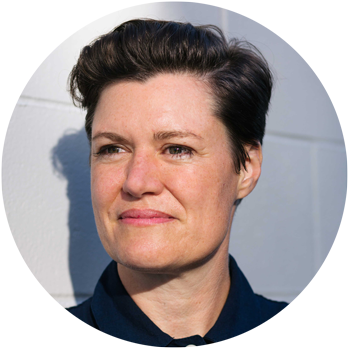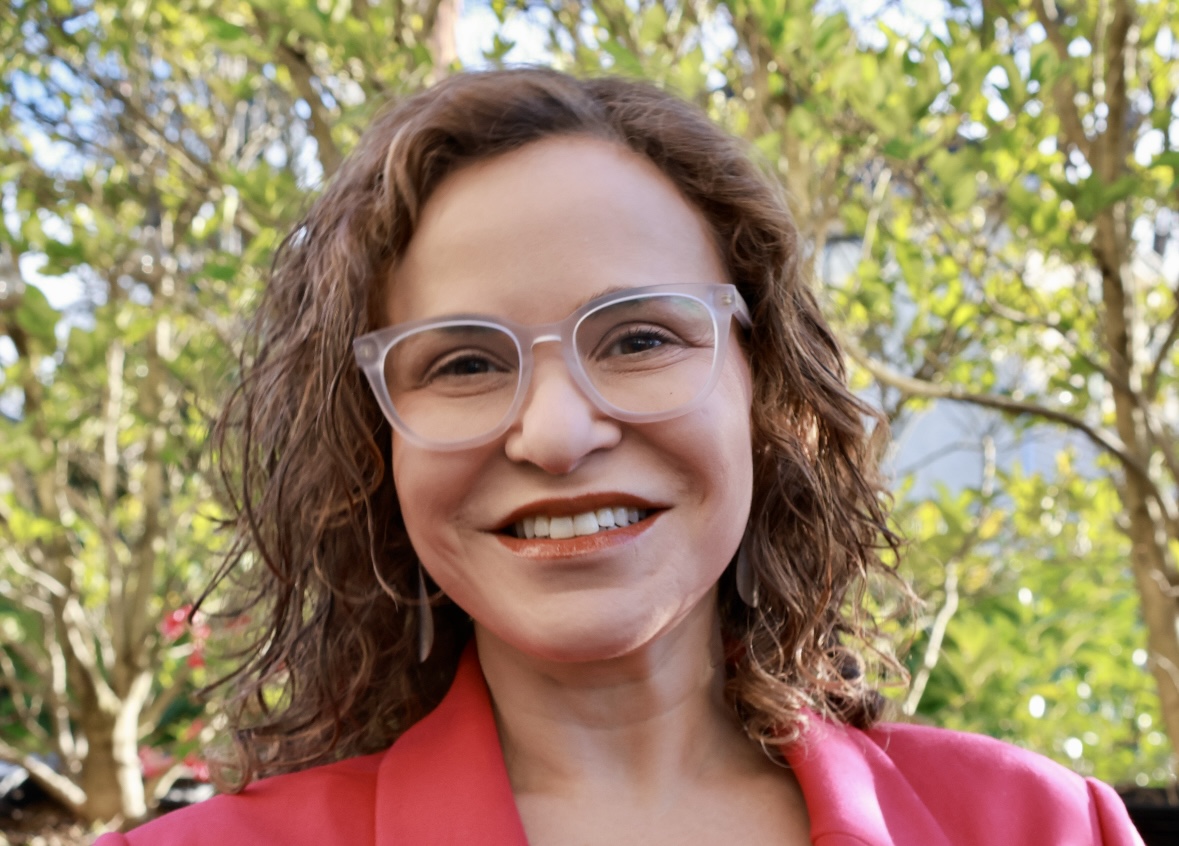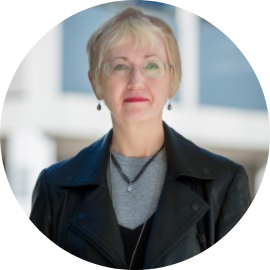

Sheryda Warrener, Lecturer, School of Creative Writing
As an artist herself, Lecturer Sheryda Warrener infuses her Creative Writing courses with intentional practice, intellectual exploration, and a sense of playful curiosity.
These elements are abundantly apparent in two of her upper-level courses, both of which are grounded in innovative experimental work which connects students with creators in the Vancouver artist community. From what started as designing experiences for students to move through as a prompt to generate something real on the page, there emerged a byproduct of developing critical writing capacities.
“Just as learners experience not knowing, it's important that instructors remember that we're also challenged by not knowing. Holding space for things we didn't plan or predict opens up possibilities for learning driven by in-the-moment experience.”
Students are invited to interact as an artist with other artists, embrace a holistic creative practice, and apply creative skills and techniques from other mediums to writing.
By extension of this invitation, Sheryda offers methods to sustain artistic practice outside of the classroom. She fosters a space for emerging artists to explore questions like “Why pursue creative work? Why am I here? What do I want to commit to?” with the intention that they may emerge with a greater sense of confidence in their practice.
- Develop capacities that may be applied beyond writing, such as patience, positive inquiry, extended focus, and sitting with uncertainty.
- Build confidence in the ability to continue artistic work beyond the structure of academy.
- Recognize the value of the process, and of learning through mistakes, as part of the final product.
Learning Activities
Delivery
Reflective writing assignments, small discussions
Method
Sheryda created The Provocation Collection, a compendium of prompts designed by artists based on their own creative practices.
Students are then invited to choose a prompt to explore and throughout the term, as they dive deeper into their process, they create an artifact which is examined. Peers and instructor alike share what they notice about this artifact, where they see resistance and progress, and where transformation of craft has occurred.
What motivated you to incorporate this type of activity into your course?
I feel a strong desire for students to sustain their writing practices outside the bounds of my class. By developing their capacity to commit to a project, to sit with uncertainty, to slow down, and to express their unique perception, I hope to address the feelings of doubt, overwhelm, or insecurity they may feel about their identity as an artist.
What are some changes or improvements you want to make in the future?
I would like to develop the language I use to discuss capacity development and support students in understanding why those capacities are valuable as a creative writer, as a poet, as a person. I also intend to expand upon the existing process by showcasing students’ work on The Provocation Collection website and other platforms such as Instagram.
Finally, I’ll continue to explore how I can bring the foundation of this work into 200-level courses in a way that meets students where they are at, easing them into some of the discomfort that comes with this type of experimental work.
Do you have any suggestions for other instructors who are considering practical learning for their course?
Try your own assignments and embrace the opportunity to be alongside learners in “not knowing” within the classroom. When we push against conventions to try something new, we may give up some of the control we are used to having, but it can create impactful learning moments for everyone in the room. When we show up prepared to engage in challenging conversations, trust in our own experience, and welcome diverse perspectives to the conversation, we can create unique experiences for our students.
What have you heard from students about their experience?
I have witnessed an increase in confidence; in their own work, in the seriousness of their craft, and in themselves as makers. Students have shared that they have more faith in their ability to sustain the practice of creating beyond the structure provided by the academy.
Level of Engagement: High
Courses: CRWR 423R: Experimental Forms, CRWR 523R: Thinking and Writing Through Art – Thinking and Writing Through Art
Number of Students: 12
Delivery: Reflective writing assignments, small discussions
Time: Full term
Keywords: reflective process, artifact creation, artistic engagement, dynamic discussion


